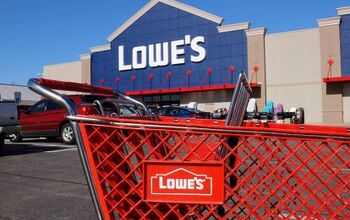What You Need To Consider Before Buying A Backyard Trampoline

Trampolines offer plenty of fun for people of all ages. However, they are also big, potentially dangerous, and expensive. That’s why it’s important to run through a checklist in your mind before buying a backyard trampoline.
Think about the size of your backyard and how old your children are before buying a trampoline. The trampoline's shape and capacity are also worth considering, as exceeding the capacity can cause serious injuries. Remember that the trampoline itself isn’t the only cost, as you must also spend money on maintenance and an increased insurance rate.
That doesn’t mean that trampolines aren’t worth having. However, it’s worth going through a pros and cons list before you make the decision to buy a trampoline. Follow along as we explore what you need to consider before buying a backyard trampoline.
What To Know Before Buying A Trampoline
1. Age
Most people who buy trampolines do so because they have children. That doesn’t mean adults can’t enjoy trampolines, but you must at least consider your children. Their age, size, experience, and physical ability are all important safety factors.
That’s a big part of why manufacturers make trampolines that come in many sizes. First, consider whether a trampoline will be too dangerous for your small child. Next, you must consider how quickly they will outgrow the trampoline.
For example, a miniature trampoline may become too small for your 10-year-old within a couple of years once they hit puberty. However, a full-sized trampoline is too big and dangerous for most small, unsupervised children. Use your discretion and consider whether it’s the right time to buy a trampoline for your children.
2. Shape
A trampoline’s shape has much more to do with safety than you may think. Of course, you can find trampolines that come in many shapes, such as circles and rectangles. However, you must consider the central gravitational force and how it affects the jumper.
For example, circular trampolines typically pull jumpers toward the middle of the trampoline. That’s especially true when more than one person is jumping. It’s much safer to be in the middle than at the edges, especially if your trampoline doesn’t have a net.
Circular trampolines offer the most safety because of the lower falling risk. Keep that in mind if you feel compelled to invest in a rectangular trampoline.
3. Capacity
Like anything else, capacity is an important part of trampoline safety. Luckily, trampoline manufacturers state the jumper and weight capacity on the box and or trampoline label. This often entails math, as they typically state a maximum weight, which varies based on who is jumping.
However, they may also state how many people can safely jump on the trampoline at once. The capacity largely depends on the size of the trampoline. For example, a 14-foot trampoline can hold up to 6 children at once, or 2 adults.
Naturally, the capacity goes up and down depending on size. Exceeding the capacity is a recipe for disaster, and it isn’t worth the dangers that come with it. The risk of collisions or breaking through the trampoline or net is too great.
4. Safety
You’re not alone if you’re worried about whether or not trampolines are worth the risk. After all, many people have seen videos of children and adults flying off the trampoline and breaking bones. This typically occurs on trampolines that don’t have nets.
Trampoline nets should be mandatory if you want to protect yourself and your children. Nets can protect you from flying off the trampoline and slamming on the ground. While nets can break, they can still slow you down on your way off the trampoline.
It’s a great idea to teach trampoline safety to anyone who will use your trampoline. Encourage jumpers to stay away from the net and give each other space on the trampoline. Ideally, only one person should jump at a time, or else the risk of injury increases.
5. Yard Implications
It’s easy to forget about how a trampoline could affect your yard before you buy one. First, think about how big your yard is relative to the size of the trampoline. Mid-to-large-sized trampolines can take up a huge chunk of your yard, depending on your yard’s size.
Some people find this worth it, whereas others wish they had more open space. Think about whether or not you would use that section of your yard for something else. It’s also important to remember that the grass and plants beneath your trampoline will most likely die.
Trampolines naturally block sunlight from hitting the ground beneath them. This may not bother you at the time, but it is a bummer when you eventually remove your trampoline. You must re-seed the area and treat the ground to get grass to grow again.
6. Cost
The trampoline itself is not the only cost you must consider when buying one. Many people buy accessories, such as nets, shade covers, and ladders. Trampolines are far from perfect, so you’ll most likely have to spend money on maintenance.
In-ground trampolines are particularly expensive and cost $3,000 on average, or $1,000 to $5,000. Above-ground trampolines start at $200 but cost up to $4,000. The huge price range comes down to size, materials, accessories, and installation.
Many people also replace parts over time due to damage or loss. Some parts cost $10, whereas others cost up to $200. Whether you stitch a net or replace a spring, maintenance costs are hard to avoid.
7. Increased Insurance Rate
Homeowners' insurance is a blessing and a curse in many ways. Every homeowner should have it, but you must also consider everything that goes into your rate. Unfortunately, a trampoline can increase how much you spend on homeowners' insurance.
That’s because of the increased liability associated with trampolines. After all, trampoline injuries are common and dangerous. Most insurance providers also consider trampolines “attractive nuisances,” which can increase your rate.
This means that if a neighbor’s child sees your trampoline, wanders into your yard, and gets hurt, you may be liable. That is the worst scenario, but it’s happened enough times that insurance providers worry about it.
8. Security
As previously mentioned, insurance providers consider trampolines to be attractive nuisances. The last thing you want is for a stranger to wander into your yard, get hurt on your trampoline, and sue you. That’s why you must keep your trampoline secure and limit access to it.
The best way to do this is to put your trampoline behind a gate or fence. Child-proof handles can also help ensure children don’t wander into your yard. Getting sued for something that isn’t your fault can be devastating, both mentally and financially.
It’s best to do everything possible to block anyone from stumbling across your trampoline. You can even install security cameras to discourage trespassing.
Summing It Up
You must consider how old your children are before buying a trampoline. Circular trampolines are safer than rectangular trampolines, as they pull jumpers toward the center. Think about the cost, maintenance, and homeowner insurance implications before buying a trampoline, as these costs add up.
Related Guides:

Nick Durante is a professional writer with a primary focus on home improvement. When he is not writing about home improvement or taking on projects around the house, he likes to read and create art. He is always looking towards the newest trends in home improvement.
More by Nick Durante












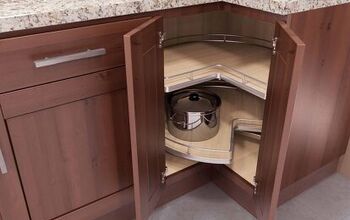
![10 Best Electric Lawn Mowers - [2022 Reviews & Top Rated Models]](https://cdn-fastly.upgradedhome.com/media/2023/07/31/9070486/10-best-electric-lawn-mowers-2022-reviews-top-rated-models.jpg?size=350x220)

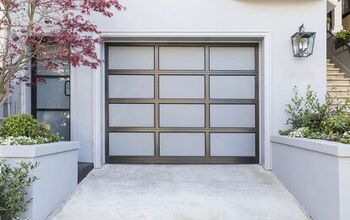
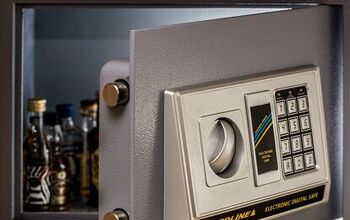

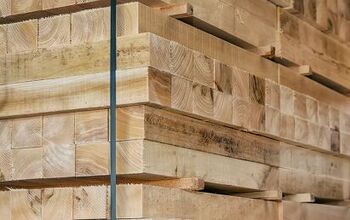

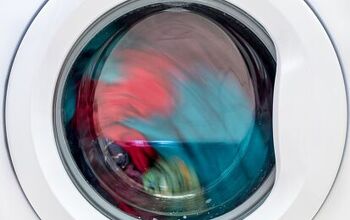
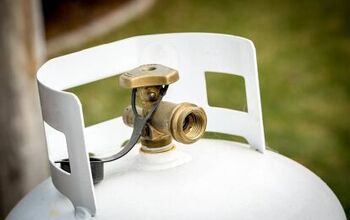

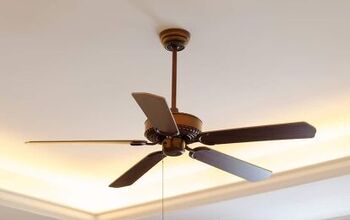
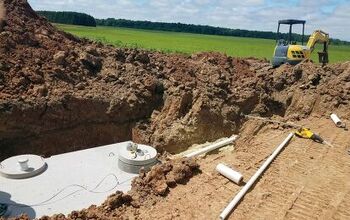

![12 Washing Machine Brands to Avoid [with Recall Data]](https://cdn-fastly.upgradedhome.com/media/2023/07/31/9075781/12-washing-machine-brands-to-avoid-with-recall-data.jpg?size=350x220)
